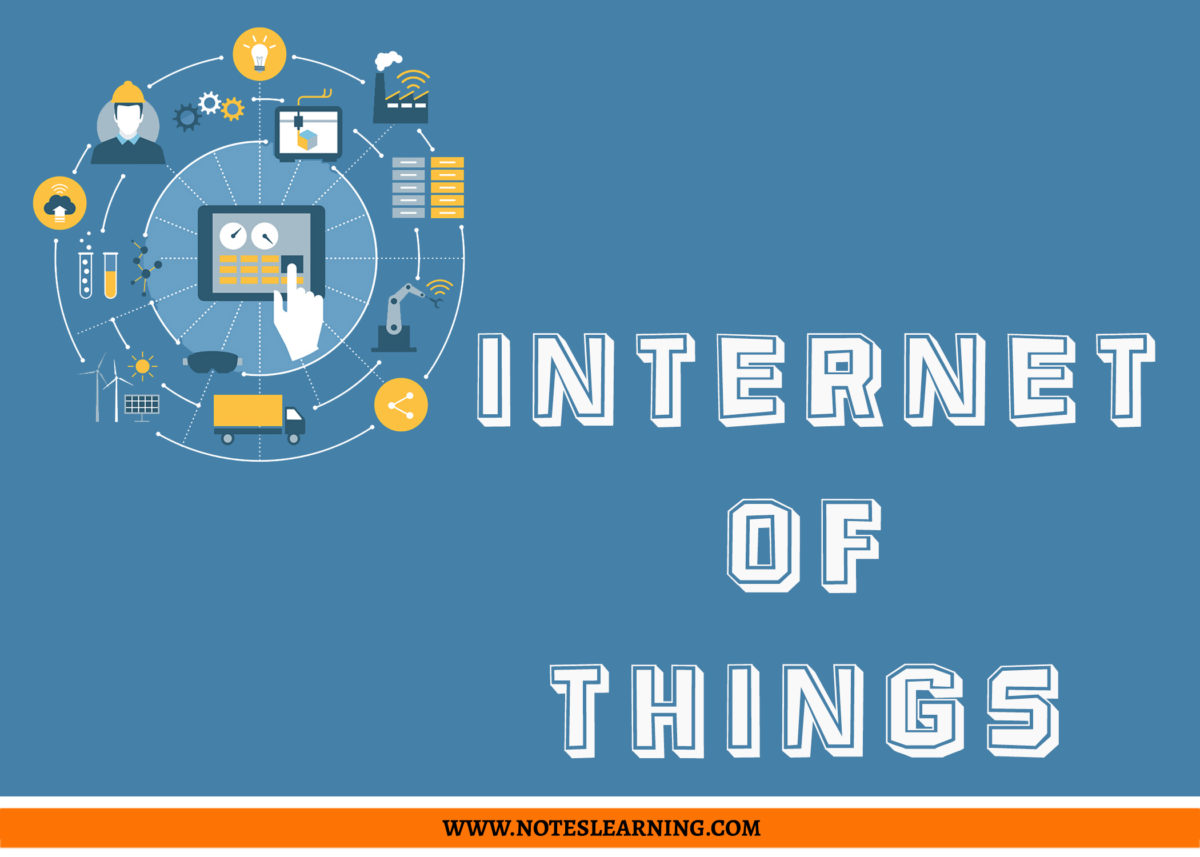Introduction to Internet of Things (IOT)
The Internet of Things (IOT) is a network of physical devices that are embedded with electronics, software, sensors, and connectivity. IOT devices are able to collect and exchange data while being able to interact with the world around them.
A simple example is a car that has an IoT sensor in the engine which can be monitored through an app on your mobile phone. The car’s sensor can monitor the temperature of the engine as well as its RPMs (revolutions per minute). It also has a GPS system so it can tell you where it is at any time. This allows you to remotely monitor your car’s health while you’re away from it.
Internet of Things (IOT) was first conceptualized in the 1960s and this term was coined by Kevin Ashton in 1999. With the passage of time, IOT has evolved from a mere idea to a reality that is changing the way we live and work. The first device that could be considered an IOT device was a general purpose computer called ENIAC ( Electronic Numerical Integrator and Computer ) built in 1946.
Benefits and Disadvantages of an IOT
Internet of Things is a term for a system of devices that are connected to the internet. A system has both the advantages and disadvantages. Some of the benefits and disadvantages are discussed as follows:
Benefits of an IOT
IOT allows for more efficient use of resources.
All the smart technologies are part of IOT. All such technologies provide us with information which assists us to act in an efficient and effective way. For instance, we can control our home from our smartphones, which means we can control the unnecessary use of home resources even if we are away from home.
IOT assists for better management of data.
All the applications collect data from various sources to convert it into reliable information. Therefore, IOT better manages the data. The network of objects embedded in IOT monitors our involvement in these objects and provides us with real time information which eventually assists us in efficient, efficient and informed decision making.
Apart from this, all the notifications we get about real time situations, suggestions and recommendations we get are relevant and helpful. All this requires proper management of data.
IOT integrates all the networks of objects.
Integration of all the tech based objects with the internet certainly helps. It makes everything easier and accessible. For instance, we have smart applications which are at different places but connected. We have our bank accounts which provide internet service and banking applications. We have hotels with their mobile application and many more. Applications for all our appliances, banks and hotels in our cell phones, connected to the internet. Now, this integration makes everything possible from one small device, a cell phone.
IOT leads to better decision-making.
IoT devices can analyze large amounts of data from many different sources and make decisions based on this information, without human intervention. The magic of the internet has allowed people to be more productive than ever before. Now, every business, big and small, has access to information and data to make better decisions than ever before.
Disadvantages of IOT
IOT makes privacy vulnerable.
IOT fetch data from all the network of objects to provide the needed information i.e. it collects our data. The world of IOT has a high risk of hacking and cyber-attacks. Such hacking and cyber attacks makes our privacy vulnerable. It is very common to have information leaked at individual level or institutional level.
Data and information are the biggest asset in the transforming era. Misuse of our personal information is always vulnerable.
IOT has made this world more fragile
The cost of transferring information has been the lowest due to the IOT. This means, transferring information is easier today. Information is not always good. This accessibility also helps vulnerable information to transfer quickly. The news and content (fake or real) about war, hatred, climate, pademics, death etc. spreads like wildfire. This causes high imbalance at individual and community level.
This encourages hatred and fear among the individual and society, making our world fragile and insecure.
IOT has created a situation of ‘information crisis’.
There is information overload. Technology has made everything accessible and there is no mechanism to control the quality of content disseminating among the individuals. Hence, it is now more difficult to differentiate between actual information and a hoax. The propensity of hoax information is more than actual information. This is causing a serious issue of information crisis.
IOT and addiction and mental health problems.
There has been a significant rise in mental health conditions, due to dependence on technology. There is growing concern around depression and obsessive compulsive disorder (OCD) among children who spend excessive time on their gadgets.
Also, there are concerns over the long-term effects of technology on brain development and mental health.
References

